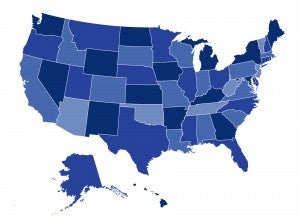Some Changes in Store for 2016 Health Plans that Affect Consumers

While open enrollment for 2015 has ended, insurers and marketplaces alike are gearing up for 2016 with federal guidance outlined under the 2016 Letter to Issuers and 2016 Benefits and Payment Parameters Final Rule. Sandy Ahn summarizes some of the changes in store for 2016 health plans that affect consumers.


